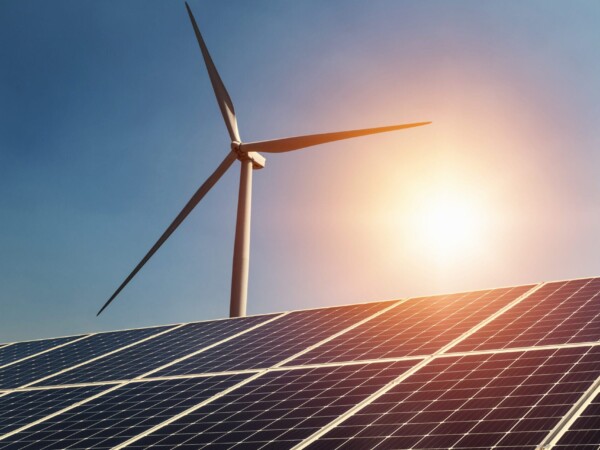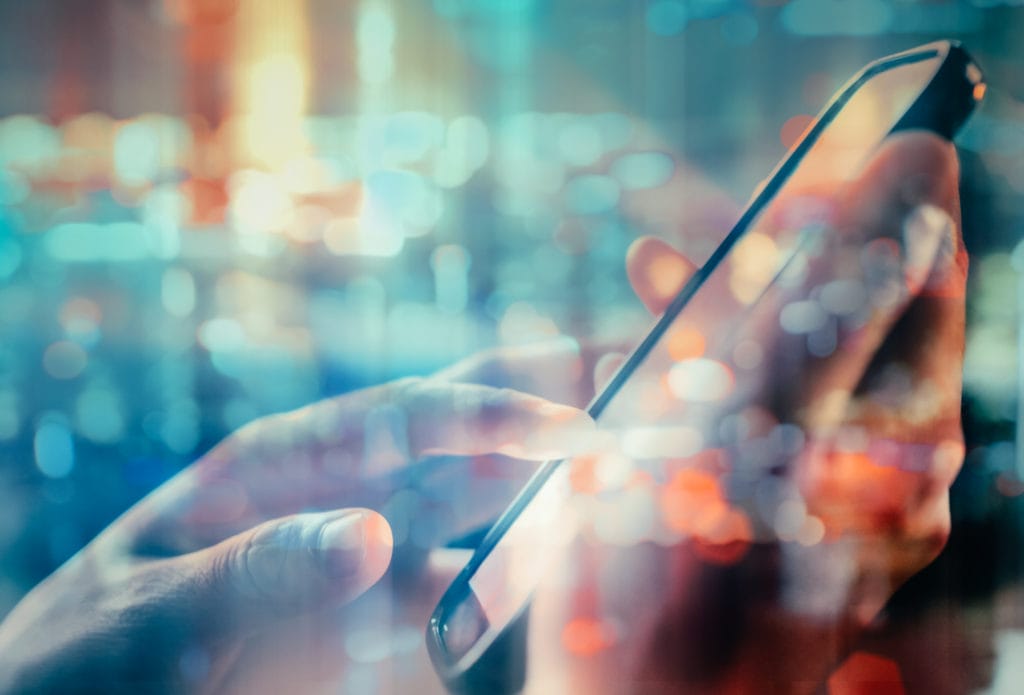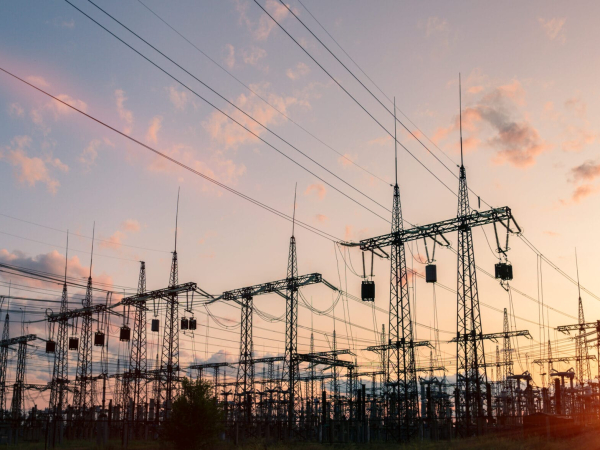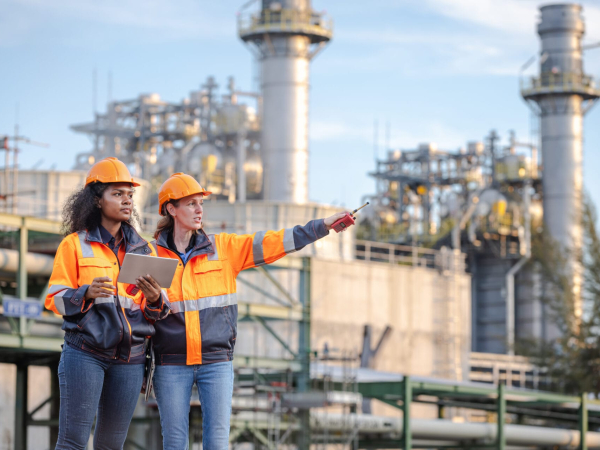Energy & UtilitiesOptimize Technology
Guarding the grid: Cybersecurity in solar and renewable energy
Instead of implementing static, one-size-fits-all solutions in an environment where threats are continuously evolving,…
Read article

04/27/2021
by Scotty Buoy and Brendan Hopper

 My kids (Scotty) love playing games on my iPhone. One specific mobile application that they have grown fond of is Pokémon Go. For those of you saying “Poke-what?, it is an augmented reality (AR) based mobile game that allows users to locate and capture Pokémon that appear as if they are in the player’s real-world location. Sounds silly, but it’s actually quite impressive how Pokémon Go has utilized mobile app technologies such as Augmented Reality and GPS to achieve over 1 billion downloads and $4 billion in revenue.
My kids (Scotty) love playing games on my iPhone. One specific mobile application that they have grown fond of is Pokémon Go. For those of you saying “Poke-what?, it is an augmented reality (AR) based mobile game that allows users to locate and capture Pokémon that appear as if they are in the player’s real-world location. Sounds silly, but it’s actually quite impressive how Pokémon Go has utilized mobile app technologies such as Augmented Reality and GPS to achieve over 1 billion downloads and $4 billion in revenue.
In our last blog, we discussed defining your mobile architecture, building the right team, and thinking like a user – all things that help shape your mobile program. In this blog, we’ll walk through more intricate mobile app technologies your team can take advantage of to boost your workforce efficiency and user experience on-the-go, while highlighting innovations in the the utilities industry.
Augmented Reality (AR), an enhanced version of reality created by the use of technology, has quickly come to the forefront of the discussion in mobile apps, mainly due to popular games like Pokémon Go. More and more companies are leveraging AR within their portfolio of mobile applications to provide operational efficiencies.
Below are a few examples of how AR can benefit companies within the utilities sectors:
Training/Safety: Ensuring field workers are trained is a top priority in the utilities industry to ensure the safety of employees. By leveraging augmented reality on their mobile device/tablet, field workers can access virtual trainings on demand, providing them with realistic scenarios using 3D models of equipment and assets. This allows them to interact with the model and be trained on the equipment without having to physically interact with the equipment in the field. This type of training is beneficial for mimicking realistic and dangerous real world scenarios so that workers can be trained on the necessary safety precautions and procedures.
Damage Evaluation: AR technology can be useful in storm situations when there is damage to equipment. As field workers are performing damage evaluations, they can leverage augmented reality to capture images of damaged assets and get data, such as asset type and maintenance history. This data can quickly help them identify the right crew for the repair and the correct parts needed, which leads to more efficient restoration efforts.
Maintenance Activities: The utility infrastructure is complex with many underground assets which poses challenges when there is a need to perform maintenance activities. By leveraging AR, field workers can view a 3D model of the underground equipment to get its exact location, information about downstream assets, and maintenance history. This leads to increased efficiency and time savings when performing maintenance activities.
More and more utilities companies are beginning to use Artificial Intelligence (AI) and technology such as computers, machine learning, and software to mimic human behavior. An example of a specific AI technology that is gaining traction in utilities is leveraging chatbots, a technology that uses artificial intelligence and natural language processing to respond to questions from customers. Gartner predicts that by 2021, 15% of all customer service interactions globally will be handled completely by AI, an increase of 400% from 2017. Chatbots can primarily be used to improve customer experiences for users through faster triage and lower operational costs.
Below are examples of how chatbots can be used in utility mobile apps:
Keep in the mind that since these tools are often customer facing, it’s important to continue to enhance them, target common actions a user is interested in, and make sure the user experience is not cumbersome – or users will lose trust in the tool. AI is already very widely used in customer service, primarily through websites or Interactive Voice Response (IVR), but including the technology in a mobile application brings the same efficient functionalities to the customer’s fingerprints, wrapped in a beautiful design.
Siri has been in use in iPhones since 2010. Over 60 million people across America own more than 157 million smart speakers for their homes including Amazon Alexa and Google Assistant. The ability to do things in a hands-free way is only on the rise, and has some unique applications for an on-the-go workforce – especially one that is more hands-on. Mobile apps partner with voice assistants seamlessly with their built-in microphones / speakers and Operating System (OS) compatible technology, boosting your workforce.
Below are a few use cases:
Job Specific Equipment: Many fields require equipment to be worn on the hands most of the time –think medical professionals or field workers in utilities. Often, these professions coincide with a need for mobile solutions, meaning the traditional mouse and keyboard route is not a viable workaround for wearing gloves. This makes using a touchscreen particularly troublesome, with workers either needing special gloves to use their phones / tablets or having to remove their equipment frequently, slowing efficiencies and causing an unsafe environment. In these areas, having a voice assistant handy maintains a safe, and sterile, environment that allows for workers to maximize their time.
Efficiency: When combined with the AI piece mentioned above, voice assistants allow for a two-way conversation with your phone, in a way that you might previously be searching through a mobile app for information. This opens possibilities for performing critical actions in an application without removing your full focus, and hands, from the task you are working on. This can be seen firsthand with utilities workers performing maintenance at a substation or a doctor dictating their actions during a surgery. Additionally, the user can audibly give information in response so the worker does not even have to take their eyes off their work. The user can simultaneously continue their work uninterrupted, while asking questions or recording information in a mobile application.
By beginning to implement some of these technologies in your mobile app portfolios, not only will you better understand the games your kids are playing, but you will also better serve your customers and provide for your workforce to perform their activities in a safer, more engaged manner.
Business insights
Energy & UtilitiesOptimize Technology
Instead of implementing static, one-size-fits-all solutions in an environment where threats are continuously evolving,…
Read article

Energy & Utilities
With ERCOT’s Real-Time Co-optimization plus Batteries initiative, a shift in how energy and ancillary services are…
Read article

Energy & UtilitiesOptimize Technology
New rules aimed at reducing emissions, enhancing grid reliability, and protecting consumer data are being introduced at…
Read article
